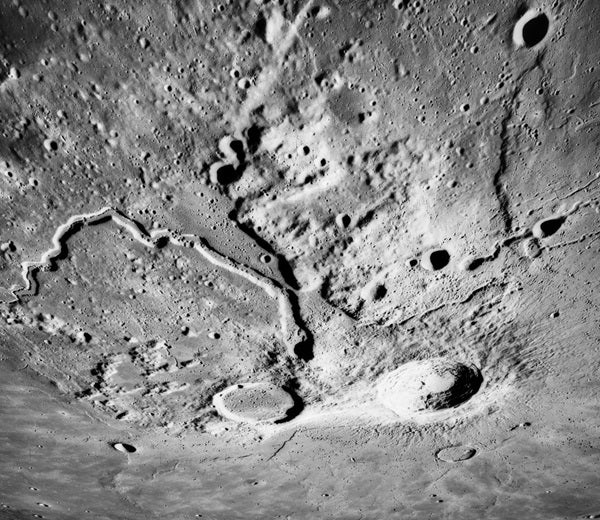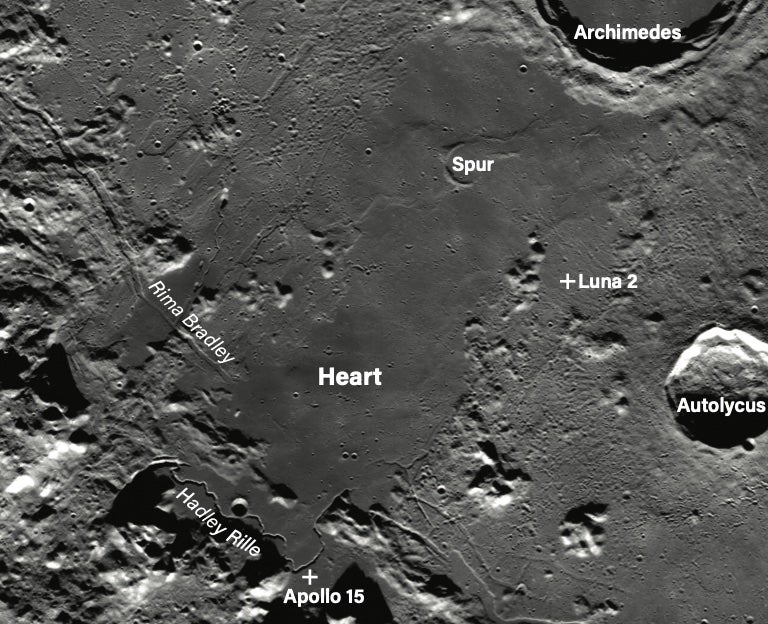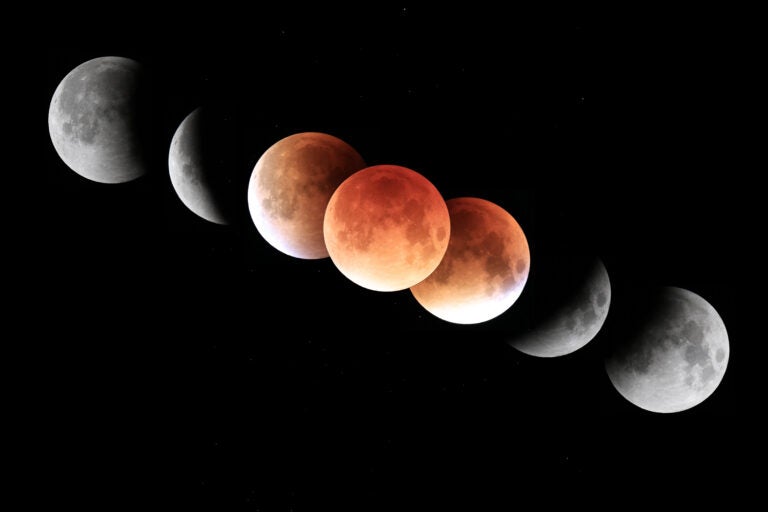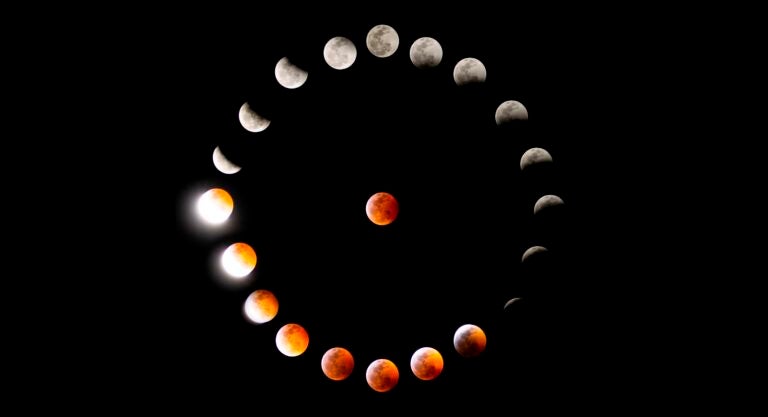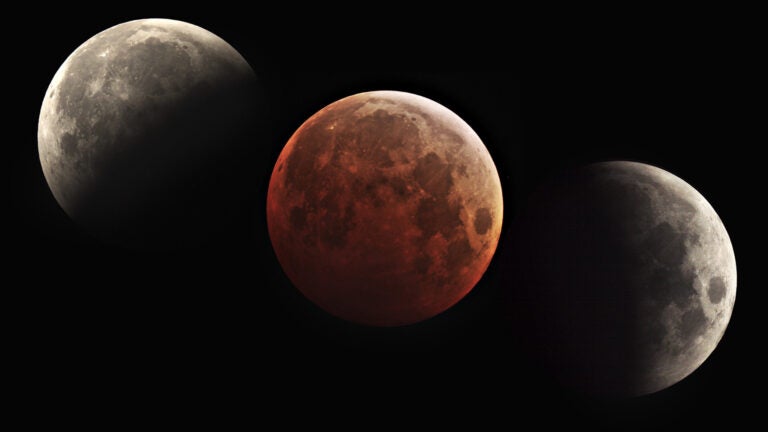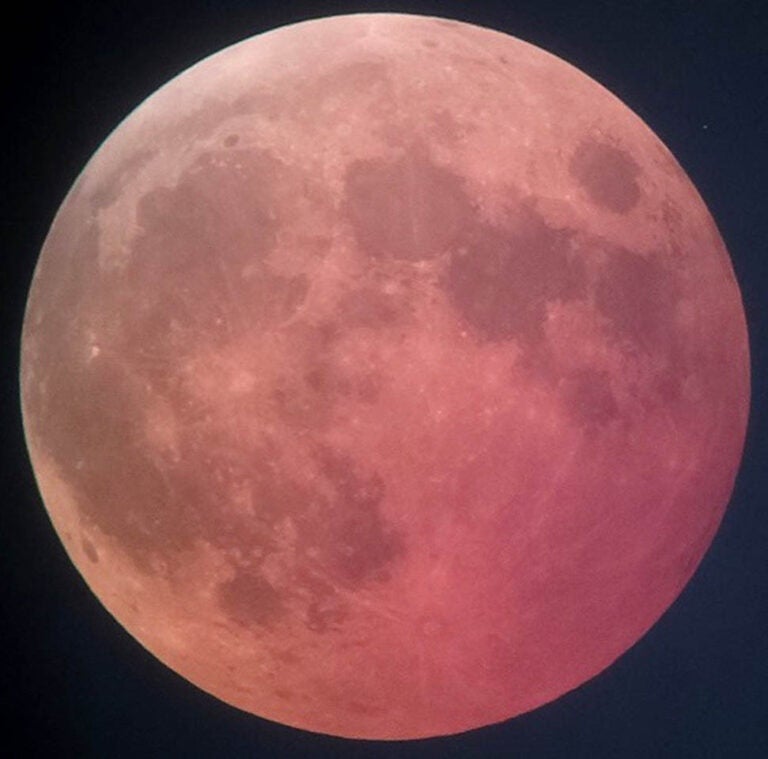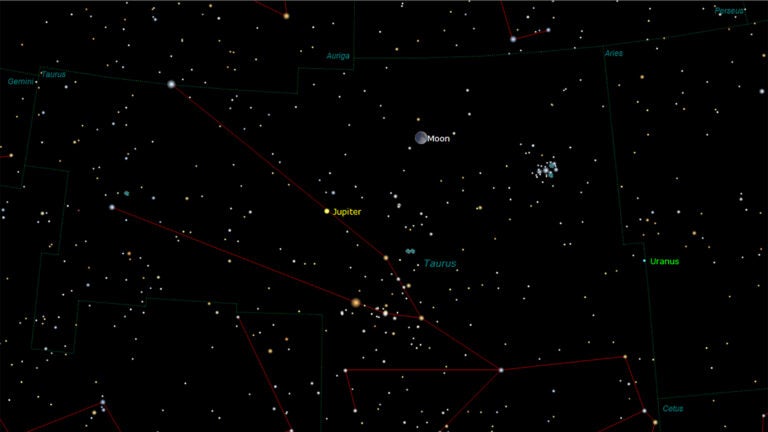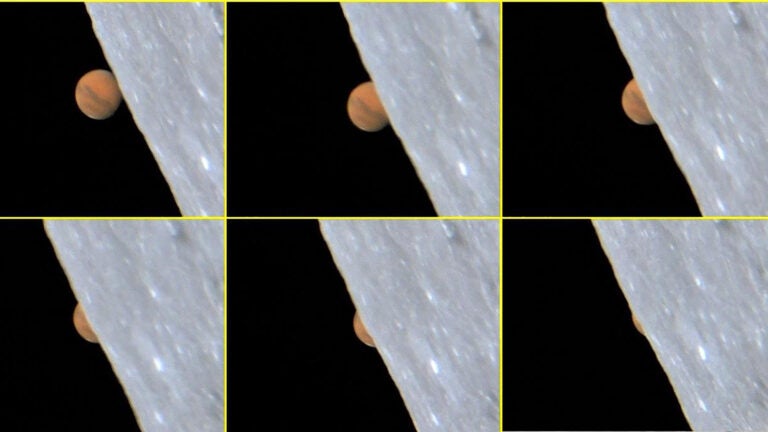But on the morning of March 14, 2015, a subtle sighting in Oceanus Procellarum (Ocean of Storms) on the Aris-tarchus Plateau (then situated midway between the terminator and the limb) immediately put me off my routine and gave me pause for thought.
Plateau superlatives
That the Aristarchus region would capture my interest is not by any means surprising. Among its many superlative characteristics, the plateau is home to Aristarchus, a young impact crater 25 miles (40 kilometers) across and twice as deep as the Grand Canyon. Aristarchus has a “comet tail” of ejecta so reflective that it is one of the brightest features on the Moon and easily visible to the unaided eye.
The Aristarchus Plateau also hosts the densest concentration of lunar sinuous rilles (ancient lava channels) and the largest deposit of pyroclastic debris ejected during rare bouts of explosive volcanism. Schröter’s Valley, the largest on the Moon, snakes away from the northern midpoint between Aristarchus Crater and the similarly sized (but lava-flooded) crater Herodotus.
X marks the spot
It was one such curious effect of sunlight reflecting off the walls of Schröter’s Valley and some neighboring cliffs that captured my attention. The light segments together created a striking white “X” (oriented roughly northwest-southeast) that teased my mind’s eye. I was using only a 3-inch refractor, yet I clearly detected the individual surface details constituting the X’s three components: The curved sunlit eastern rim of Schröter’s Valley forms one side of the X, while sunlight reflecting off two slightly angled cliff faces in deep ejecta blankets — one south of the crater Herodotus H, the other southwest of Aristarchus Z — creates the individual arms of the X’s other side. The pale glint off the lower cliff face near Aristarchus Z was the most subtle detail at the time of my viewing (5h UT), and defining it required moments of steady seeing — the utmost demand for any probing look at lunar or planetary features.
If you’ve seen this X-shaped feature or make observations of it, send them to sjomeara31@gmail.com; I’d love to hear about what you see.


